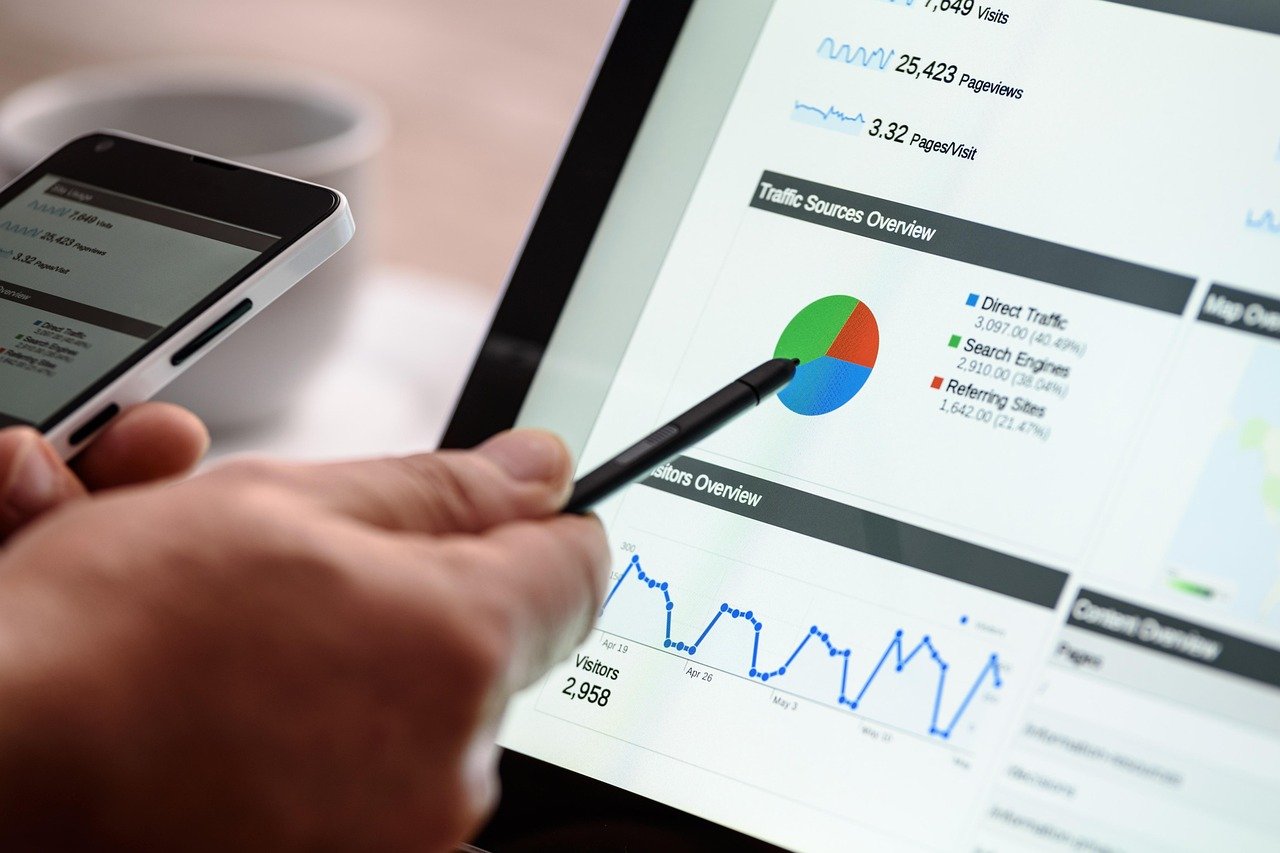Email marketing is far from “old-school.” If anything, it’s thriving more than ever in 2025. With billions of emails sent daily, this channel remains a staple for businesses aiming to connect directly with their audience. However, succeeding in email marketing today is both an art and a science. And the science? It all comes down to tracking and analyzing the right Key Performance Indicators (KPIs).
This guide explores 15 essential email marketing KPIs and metrics to track in 2025, helping you refine your email campaigns, maximize ROI, and stay ahead of the curve.
Understanding KPIs in Email Marketing
Before we jump into the actual metrics, let’s define what KPIs mean in an email marketing context. A KPI is simply a measurable value that indicates how effectively your email campaigns are achieving specific objectives. Whether it’s boosting engagement, driving conversions, or growing your email list, KPIs are your roadmap to success.
Now, let’s explore the metrics, grouped by key categories that align with every stage of your email campaign analysis.
Delivery Metrics
Bounce Rate
What it measures: The percentage of emails that couldn’t be delivered to recipients’ inboxes.
Why it’s important: High bounce rates harm your sender reputation and lower deliverability rates.
Standard bounce rates split into two categories:
- Soft Bounce: Temporary delivery issues, like a full inbox.
- Hard Bounce: Permanent issues, like invalid email addresses.
Keep bounces below 2% by cleaning your email list regularly and using double opt-ins.
Delivery Rate
What it measures: The percentage of emails that successfully land in recipients’ inboxes.
Formula: (Delivered Emails ÷ Sent Emails) x 100
Why it’s important: This metric provides a snapshot of email list health and your domain’s sender reputation. Aim for a 95%+ delivery rate by regularly verifying your email list.
Engagement Metrics

Open Rate
What it measures: The percentage of recipients who open your email.
Formula: (Unique Opens ÷ Delivered Emails) x 100
Why it’s important: Open rates act as a temperature check for how well your subject lines and preheader text engage your audience.
Pro Tip: Test short, curiosity-driven subject lines vs. direct ones to see what resonates most with your list.
Click-Through Rate (CTR)
What it measures: The percentage of recipients who click a link in your email.
Formula: (Clicks ÷ Delivered Emails) x 100
Why it’s important: CTR indicates how compelling your email content and CTAs (Call-to-Actions) are.
Example benchmark for 2025 campaigns? Around 2-5% for most industries.
Conversion Rate
What it measures: The percentage of recipients who complete a desired action after clicking a link (e.g., making a purchase, signing up).
Formula: (Conversions ÷ Clicks) x 100
Why it’s important: This metric ties your email performance to actionable business outcomes. Optimize CTAs and landing pages to boost conversion rates.
Click-to-Open Rate (CTOR)
What it measures: The percentage of clicks compared to opens.
Formula: (Clicks ÷ Unique Opens) x 100
Why it’s important: CTOR reveals how much your email delivered on the promises made in the subject line. Aim for 20-30% or higher.
Audience Behavior Metrics

List Growth Rate
What it measures: How fast your email list is growing.
Formula: ((New Subscribers – Unsubscribes) ÷ Total List Size) x 100
Why it’s important: A healthy, growing list equals increased audience reach and opportunities to drive results. Offer incentives like free resources or discounts to attract new subscribers.
Email Sharing or Forwarding Rate
What it measures: The percentage of recipients who forward or share your email.
Formula: (Shares ÷ Delivered Emails) x 100
Why it’s important: Shares extend your reach organically, turning your subscribers into brand advocates. Include “Share with a Friend” and social sharing buttons in your emails.
Overall ROI
What it measures: The return on your email marketing investment.
Formula: (Revenue Generated – Email Costs) ÷ Email Costs x 100
Why it’s important: Provides a big-picture view of how profitable your campaigns are. Email marketing boasts an average ROI of $40 for every $1 spent in 2025, making it a high-value channel when executed well.
People Also Ask About Email KPIs
What is a good open rate for email campaigns in 2025?
A good open rate varies by industry but typically ranges between 17-25%. Optimize your subject lines, timing, and preheader text to increase your open rates.
How do I reduce my email bounce rate?
Use list-cleaning tools, implement double opt-ins, and remove invalid or inactive addresses regularly to maintain a healthy bounce rate.
Which email marketing tool tracks KPIs effectively?
Platforms like Mailchimp, Klaviyo, and HubSpot offer comprehensive analytics dashboards for monitoring key email marketing metrics.
Maximizing the Impact of Email Marketing KPIs
Tracking these KPIs is just the beginning. To truly optimize email campaigns, prioritize testing and continuously refine your strategy to adapt to subscriber behavior and trends.
Actionable Next Steps
- Audit your email campaigns to identify underperforming areas.
- Implement A/B testing to boost engagement (e.g., try different subject lines or send times).
- Regularly clean your email list to improve deliverability metrics.
Want to stay ahead in 2025? Start by mastering KPIs with a comprehensive email marketing tool. If you’re serious about taking your email campaigns to the next level, explore and implement data-driven insights today.



